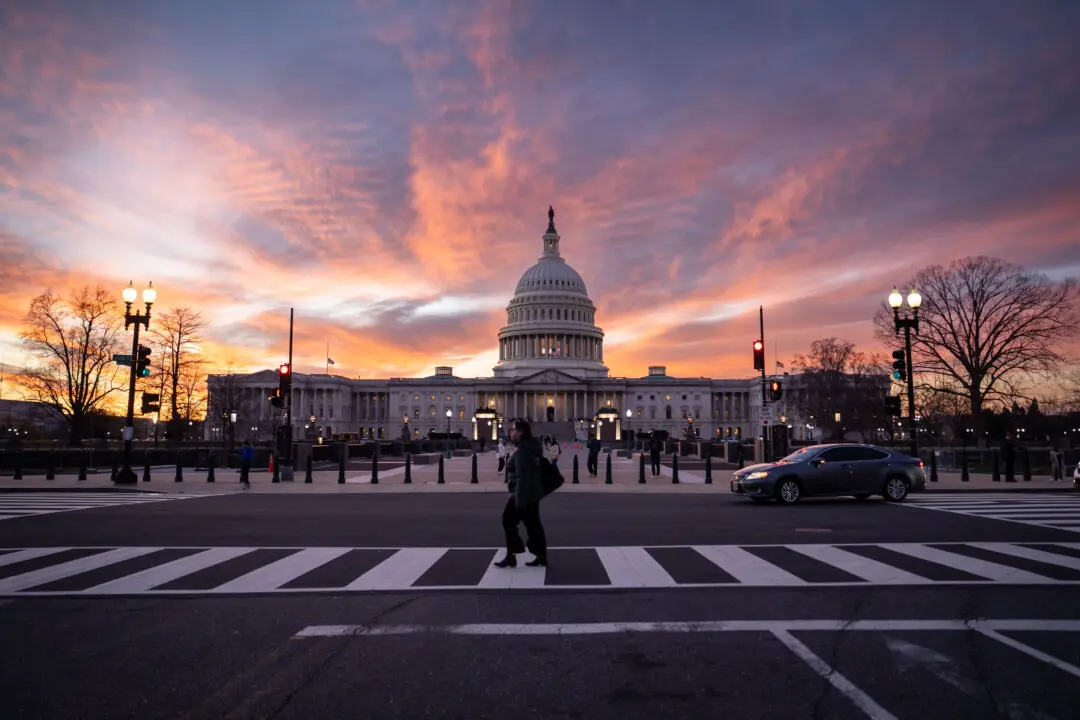Many parts of North America are at risk of experiencing blackouts this summer, the North American Electric Reliability Corp. (NERC) warned in a new report.
There could be widespread summer blackouts amid shuttered power plants, supply chain snafus, and intense heat, according to the nonprofit organization’s “Summer Reliability Assessment” report (pdf). The group, which promotes grid stability and security, cautions that power supplies in a large swath of the United States and Canada, extending from the Great Lakes to the Midwest, will be overstretched because of growing demand.





